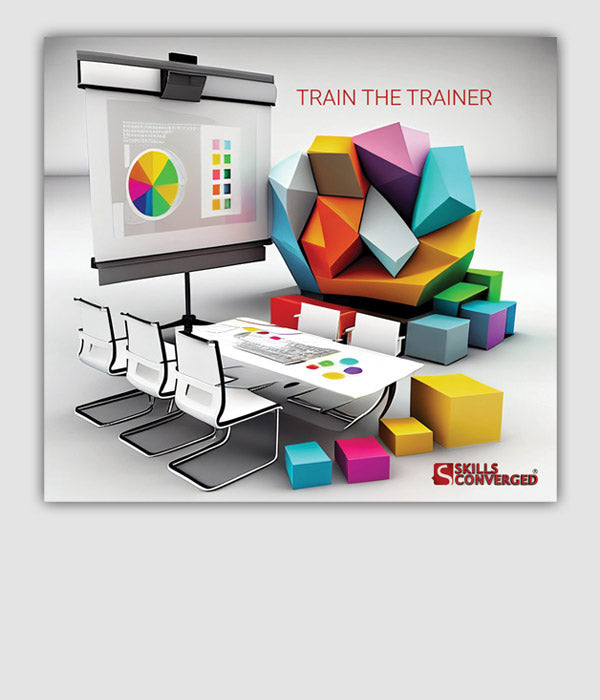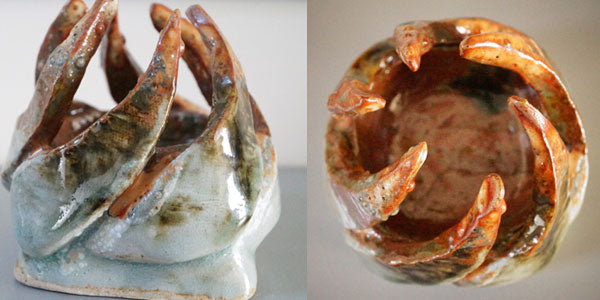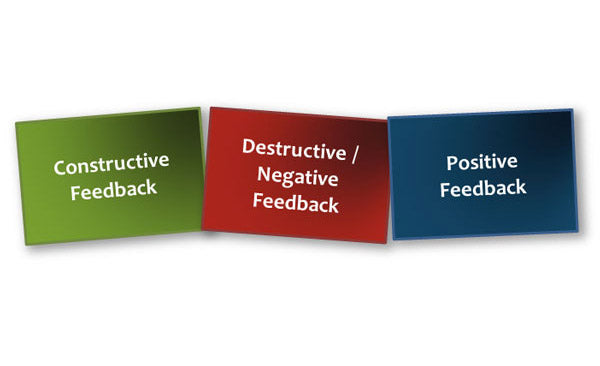Purpose
While managing a team you may give a series of tasks to various team members. Each time you delegate a task, you expect a member to perform and deliver results. This leads to the concept of accountability. A well-functioning team must be held accountable for what it does. This exercise is designed to help increase accountability of team members by providing a practical system that can be implemented and used on a daily basis.
Note that this is not an exercise to go through in a training course; instead it is a system to implement. The following description covers the application which can be used for a team with any background or industry.
Objective
Every time a team member underperforms, he must perform a pre-defined task as punishment to reinforce accountability.
What You Need
- A glass jar
- A6 Papers. You can cut A4 papers to this size if you wish.
Setup
- At the next meeting, bring a glass jar and explain how the accountability system works. If your team changes, you can do this at the time of team formation or the beginning of a term.
- Distribute three pieces of paper to each person.
- Ask everyone to write their names at the top on their papers.
- Next, they should write any of the following:
-
Purchased item. An item to be purchased for them. Set a maximum price for this, for example £10. Examples are:
- Buy me a cup of coffee
- Buy me lunch
- Buy me a book
-
Activity. An activity to be performed for them. This should be reasonable and appropriate. Examples are:
- Help me learn how to use a particular software
- Play badminton with my over the lunch break
-
Combination of purchase and activity. The above choices can also be combined into a single task. Examples are:
- Buy me a cinema ticket and watch the movie with me
- Take me to the shopping centre and spend a morning shopping with me
-
Purchased item. An item to be purchased for them. Set a maximum price for this, for example £10. Examples are:
- Ask everyone to fold their papers and place all of them into the jar. Make sure the papers are well mixed.
- Bring the jar to meetings thereafter, especially any meeting where performances are evaluated and progress on various projects are discussed.
- Any team member who had underperformed on a task or failed to keep a promise must then pick a paper slip from the jar. Examples of underperformances are:
- Failed to finish a task on time as promised
- Made a mistake
- Failed to communicate the occurrence of an issue
- The person who picks a paper slip must then follow what it states as punishment for lack of accountability.
- The person must then accomplish the task until a certain deadline which can be the next periodic meeting.
- If the person has not completed the assigned task, he must pick another paper from the jar and fulfil that as well as the original task.
- Over time, people would start developing an aversion to picking up a paper from the jar. This can be because of the symbolic act of admitting a fault rather than the actual punishment. This would help them become more conscious of their accountabilities, responsibilities and to keep up with their promises.
- If the jar is close to empty, go through another session to collect more tasks.
- Consider the following guidelines to make sure the system works smoothly:
- The team leader should also write three items on papers and be included in the process. A team leader is also accountable and should pick a paper when negligence occurs. This can be a great harmoniser, encouraging respect and accountability within the team.
- The task written on papers cannot be related to jobs. In other words you cannot punish others by giving them what you need to do yourself as part of your own job.
- The jar will not be replacement for an appraisal or disciplinary procedure. It is just a behaviour reinforcement tool.
- The team leader should facilitate the process of evaluating whether something would constitute as a mistake. The team leader has the final say, because as a leader, you don’t want to end up with a team that is constantly looking for mistakes in other people’s work. Hence, the team leader should set the bar, veto when necessary to make the team stay coherent and make sure the atmosphere does not become negative. As for evaluating the leader’s mistakes, it can be done by obtaining votes from the team.
- You may need to ask your team to vote on the maximum financial value of an item. They need to be happy with this and you must also consider the position of everyone. If you have a mix of students and senior people in your group, the punishment value of a purchased item might be a lot more on some than others.
- There are several benefits with this system:
- Amazingly, people own up to their mistakes easier. It is as if by paying the punishment they own up to the team and so everyone can move on with no grudges held.
- The tasks, also advertised as sort of a punishment, can actually help to bring people closer together. A social meeting can lead to stronger relationships, ultimately leading to a better team.
Timing
Explaining the Exercise: N/A
Activity: N/A
Group Feedback: N/A
Discussion
N/A
Soft Skills Training Materials
Get downloadable training materials
Online Train the Trainer Course:
Core Skills
Learn How to Become the Best Trainer in Your Field
All Tags
Training Resources for You

Course Design Strategy
Available as paperback and ebook

Free Training Resources
Download a free comprehensive training package including training guidelines, soft skills training activities, assessment forms and useful training resources that you can use to enhance your courses.

Our Comprehensive Guide to Body Language

Train the Trainer Resources
Get Insights - Read Guides and Books - Attend Courses
Training Materials
Get downloadable training materials on: Management Training, Personal Development, Interpersonal Development, Human Resources, and Sales & Marketing














Leave a comment
All comments are moderated before being published.
This site is protected by reCAPTCHA and the Google Privacy Policy and Terms of Service apply.